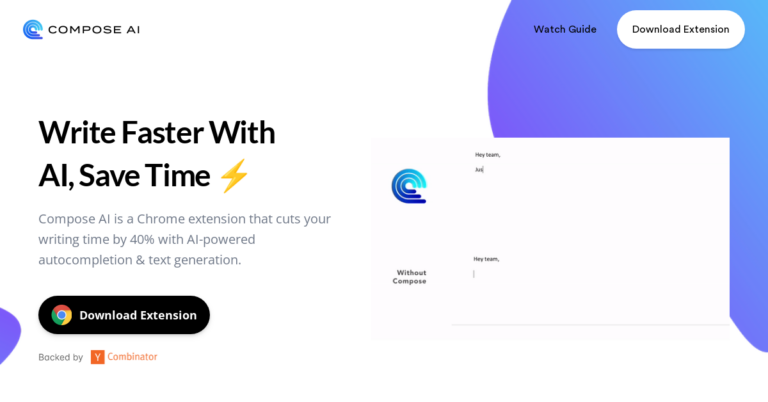Artificial intelligence (AI) has become an integral part of our daily lives, from voice assistants to predictive text. AI language models are at the forefront of this revolution and have the potential to transform the way we communicate and interact with machines. OpenAI’s GPT-3 has been a game-changer in the field of AI language models and its successor, GPT-4, is expected to take this technology to the next level. In this article, we will discuss the future of AI language models and what we can expect from GPT-4.
Table of Contents
– Introduction
– What are AI Language Models?
– GPT-3: A Game-Changer in AI Language Models
– What Can We Expect from GPT-4?
– Conclusion
What are AI Language Models?
AI language models are algorithms that use machine learning to understand and generate human language. They are trained on vast amounts of data, including books, articles, and websites, and use this knowledge to generate human-like text. AI language models have numerous applications, from chatbots to language translation, and are continually evolving to become more sophisticated.
GPT-3: A Game-Changer in AI Language Models
OpenAI’s GPT-3 (Generative Pre-trained Transformer 3) is the largest and most advanced AI language model to date. It has 175 billion parameters, making it 10 times larger than its predecessor, GPT-2. GPT-3 has the ability to understand and generate human-like text, and its applications are vast. It can be used for text completion, language translation, and even writing articles and essays.
What Can We Expect from GPT-4?
While GPT-3 is impressive, GPT-4 is expected to take AI language models to the next level. OpenAI has not released any information about GPT-4, but there are several predictions about what we can expect. Some experts believe that GPT-4 will be even larger than GPT-3, with up to one trillion parameters. This will allow it to understand and generate even more complex and nuanced language.
Another prediction is that GPT-4 will be more efficient than its predecessor. GPT-3 requires a significant amount of computational power to run, and this can make it expensive for some users. GPT-4 is expected to be more efficient, making it more accessible to a wider range of users.
Conclusion
In conclusion, AI language models are continually evolving, and GPT-4 is expected to be even more advanced than GPT-3. With its ability to understand and generate human-like text, AI language models have the potential to transform the way we communicate and interact with machines. While we do not know exactly what GPT-4 will bring, it is sure to be a game-changer in the field of AI language models.
Resources:
– https://www.wired.com/story/gpt-4-openai/
– https://medium.com/datadriveninvestor/gpt-4-what-to-expect-from-the-next-generation-of-ai-language-models-3a5a5d16a1f1
#Future #Language #Models #Expect #GPT4


